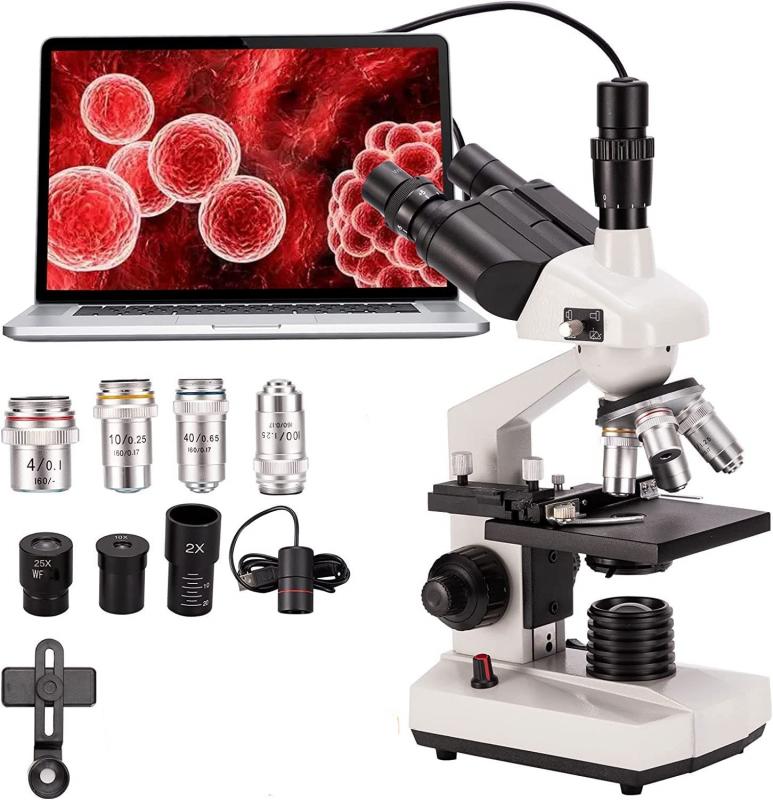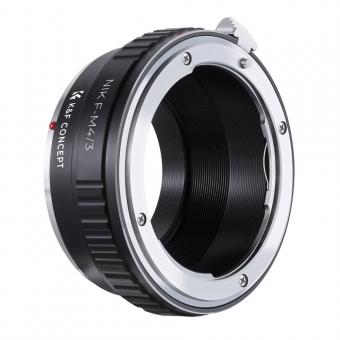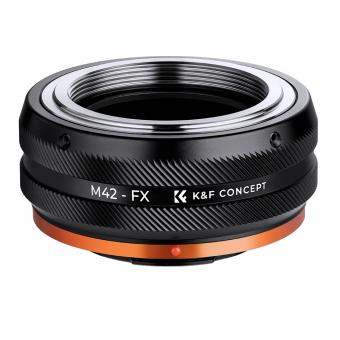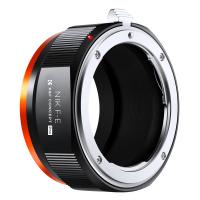How Big Are Electron Microscopes ?
Electron microscopes can vary in size depending on the specific model and purpose. Generally, they are larger than optical microscopes due to the complex technology involved. The size of an electron microscope can range from a few meters in length for transmission electron microscopes (TEM) to several meters in height for scanning electron microscopes (SEM). These instruments require a significant amount of space to accommodate the electron beam generation, sample preparation, and imaging components. Additionally, electron microscopes often have associated equipment such as vacuum systems, electron detectors, and computer systems, which contribute to their overall size.
1、 Physical Size and Dimensions of Electron Microscopes
Electron microscopes are powerful scientific instruments used to observe and analyze the structure of materials at the atomic and molecular level. They are much larger and more complex than traditional light microscopes due to the advanced technology required to generate and manipulate electron beams.
The physical size and dimensions of electron microscopes can vary depending on the specific type and model. Generally, electron microscopes are large and require dedicated laboratory space. The size of an electron microscope can range from a few meters in length to over ten meters, depending on the complexity and capabilities of the instrument.
The main components of an electron microscope include the electron source, electron lenses, sample chamber, and detectors. These components need to be housed in a stable and controlled environment to ensure accurate and reliable imaging. Therefore, electron microscopes often require specialized rooms with temperature and humidity control, as well as vibration isolation systems to minimize external disturbances.
In recent years, there have been advancements in electron microscope technology that have led to the development of smaller and more compact models. These compact electron microscopes are designed to be more portable and accessible, allowing for easier transportation and installation in various research settings. However, even these smaller models still require a significant amount of space and infrastructure to operate effectively.
In conclusion, electron microscopes are generally large and complex instruments that require dedicated laboratory space. While there have been advancements in developing smaller and more portable models, electron microscopes still require a significant physical footprint to accommodate their advanced technology and provide the necessary stability for accurate imaging.

2、 Magnification and Resolution Capabilities of Electron Microscopes
Electron microscopes are powerful scientific instruments used to study the structure and composition of materials at the atomic and molecular level. They utilize a beam of electrons instead of light to achieve much higher magnification and resolution capabilities compared to traditional optical microscopes.
In terms of size, electron microscopes can vary in dimensions depending on the specific type and model. Generally, they are larger and more complex than optical microscopes due to the need for vacuum chambers and precise electron beam control mechanisms. The size of an electron microscope can range from a few meters in length for transmission electron microscopes (TEM) to a few centimeters for scanning electron microscopes (SEM).
The magnification capabilities of electron microscopes are truly remarkable. TEMs can achieve magnifications up to several million times, allowing scientists to observe individual atoms and their arrangements within a material. SEMs, on the other hand, can achieve magnifications up to a few hundred thousand times, providing detailed surface information of a sample.
Resolution, which refers to the ability to distinguish between two closely spaced objects, is another crucial aspect of electron microscopes. Electron microscopes have much higher resolution capabilities compared to optical microscopes. TEMs can achieve resolutions down to 0.1 nanometers, while SEMs can achieve resolutions down to 1 nanometer.
It is important to note that the magnification and resolution capabilities of electron microscopes continue to improve with advancements in technology. The latest developments in electron microscopy include the use of aberration correction techniques, which further enhance the resolution and image quality. Additionally, the integration of electron microscopy with other techniques, such as spectroscopy and tomography, allows for a more comprehensive understanding of materials and their properties.
In conclusion, electron microscopes are powerful tools that offer exceptional magnification and resolution capabilities. Their size can vary depending on the type of microscope, but they are generally larger and more complex than optical microscopes. With ongoing advancements, electron microscopes continue to push the boundaries of scientific research and contribute to various fields, including materials science, nanotechnology, and biology.
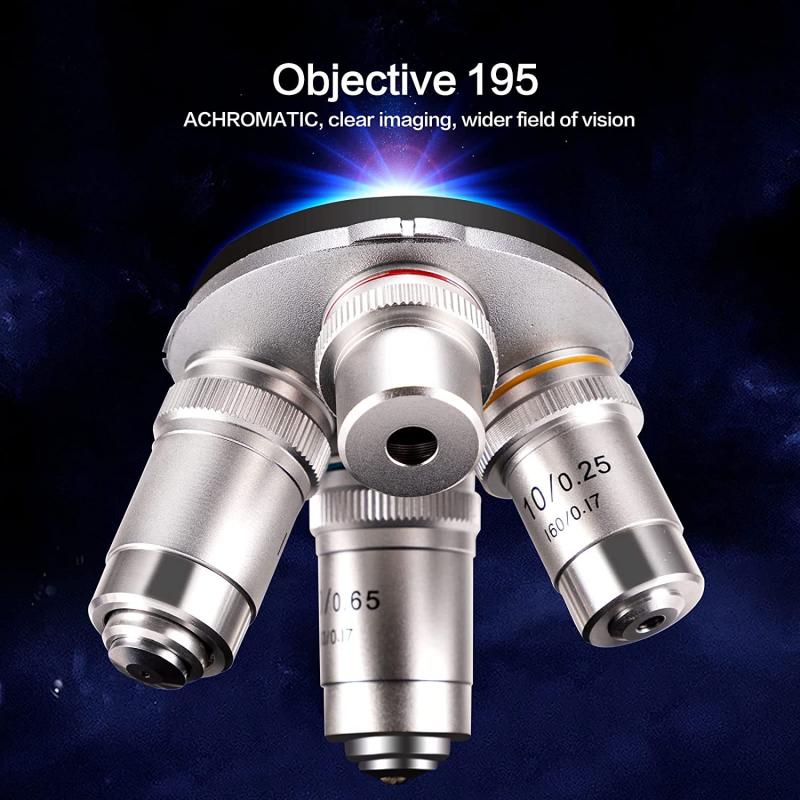
3、 Types of Electron Microscopes: Scanning vs. Transmission
Electron microscopes are powerful tools used in scientific research to visualize and study objects at the atomic and molecular level. They are much more powerful than traditional light microscopes, allowing scientists to see details that are not visible with the naked eye.
In terms of size, electron microscopes can vary depending on the specific model and purpose. Generally, they are larger and more complex than light microscopes due to the need for specialized components to generate and manipulate electron beams.
Scanning electron microscopes (SEMs) are one type of electron microscope. They use a focused beam of electrons to scan the surface of a sample and create a detailed image. SEMs are typically larger than transmission electron microscopes (TEMs) due to the need for a larger chamber to accommodate the sample and the scanning mechanism. The size of an SEM can range from a few meters in length to several meters in height.
On the other hand, transmission electron microscopes (TEMs) use a beam of electrons that passes through a thin sample to create an image. TEMs are generally smaller than SEMs, with a typical size ranging from a few meters to a few feet in length.
It is important to note that advancements in technology have led to the development of smaller and more compact electron microscopes. Portable electron microscopes are now available, allowing researchers to take these powerful instruments into the field for on-site analysis.
In conclusion, electron microscopes can vary in size depending on the type and purpose. SEMs are generally larger than TEMs due to the need for a larger chamber, while advancements in technology have led to the development of smaller and more portable electron microscopes.
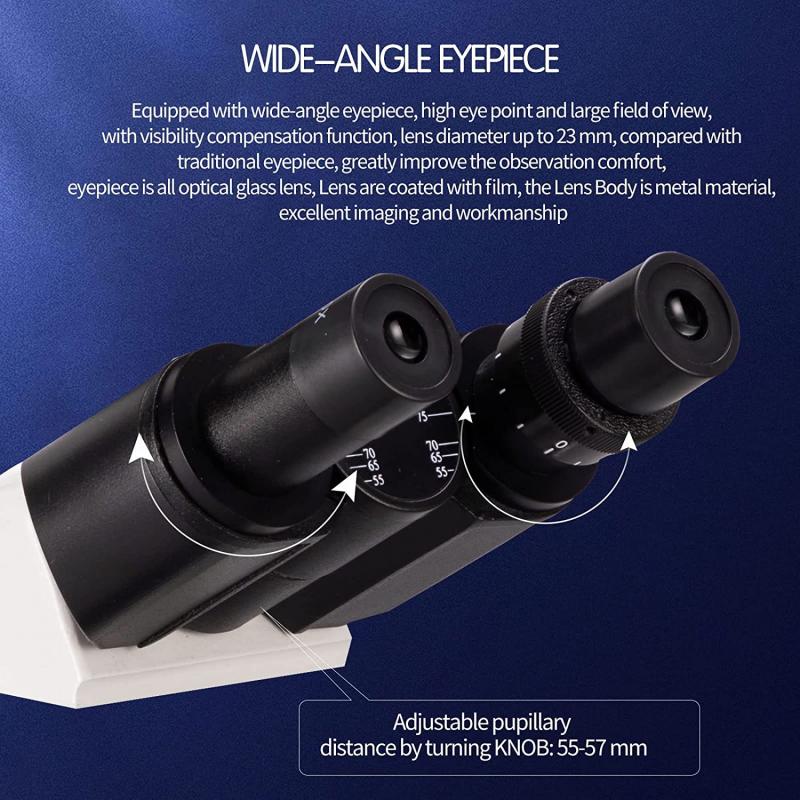
4、 Electron Beam Energy and Acceleration Voltage in Microscopes
Electron microscopes are powerful tools used in scientific research and various industries to observe and analyze materials at the atomic and molecular level. These microscopes use a beam of electrons instead of light to create highly detailed images with much higher resolution than traditional optical microscopes.
When it comes to the size of electron microscopes, they can vary depending on the specific type and purpose. There are two main types of electron microscopes: transmission electron microscopes (TEM) and scanning electron microscopes (SEM).
TEMs are larger in size compared to SEMs and can range from a few meters in length to several meters. They consist of a high-voltage electron gun, electromagnetic lenses, and a fluorescent screen or digital camera to capture the images. The size of TEMs is mainly determined by the need for a long vacuum column to maintain the necessary conditions for electron beam propagation.
On the other hand, SEMs are generally smaller in size and more compact. They typically range from the size of a desktop computer to a small refrigerator. SEMs use a focused electron beam to scan the surface of a sample and create detailed 3D images. The smaller size of SEMs is due to the fact that they do not require a long vacuum column like TEMs.
In terms of the electron beam energy and acceleration voltage, these parameters can vary depending on the specific application and desired resolution. The energy of the electron beam is typically measured in kiloelectron volts (keV) or megaelectron volts (MeV). Higher energy beams can penetrate thicker samples and provide higher resolution images.
In recent years, there have been advancements in electron microscope technology, leading to the development of more compact and portable electron microscopes. These miniaturized electron microscopes offer the advantage of being more accessible and easier to use in various settings, including field research and industrial applications.
In conclusion, the size of electron microscopes can vary depending on the type, with TEMs generally being larger than SEMs. The electron beam energy and acceleration voltage can also vary depending on the desired resolution and application. With ongoing advancements in technology, there is a trend towards the development of more compact and portable electron microscopes.
